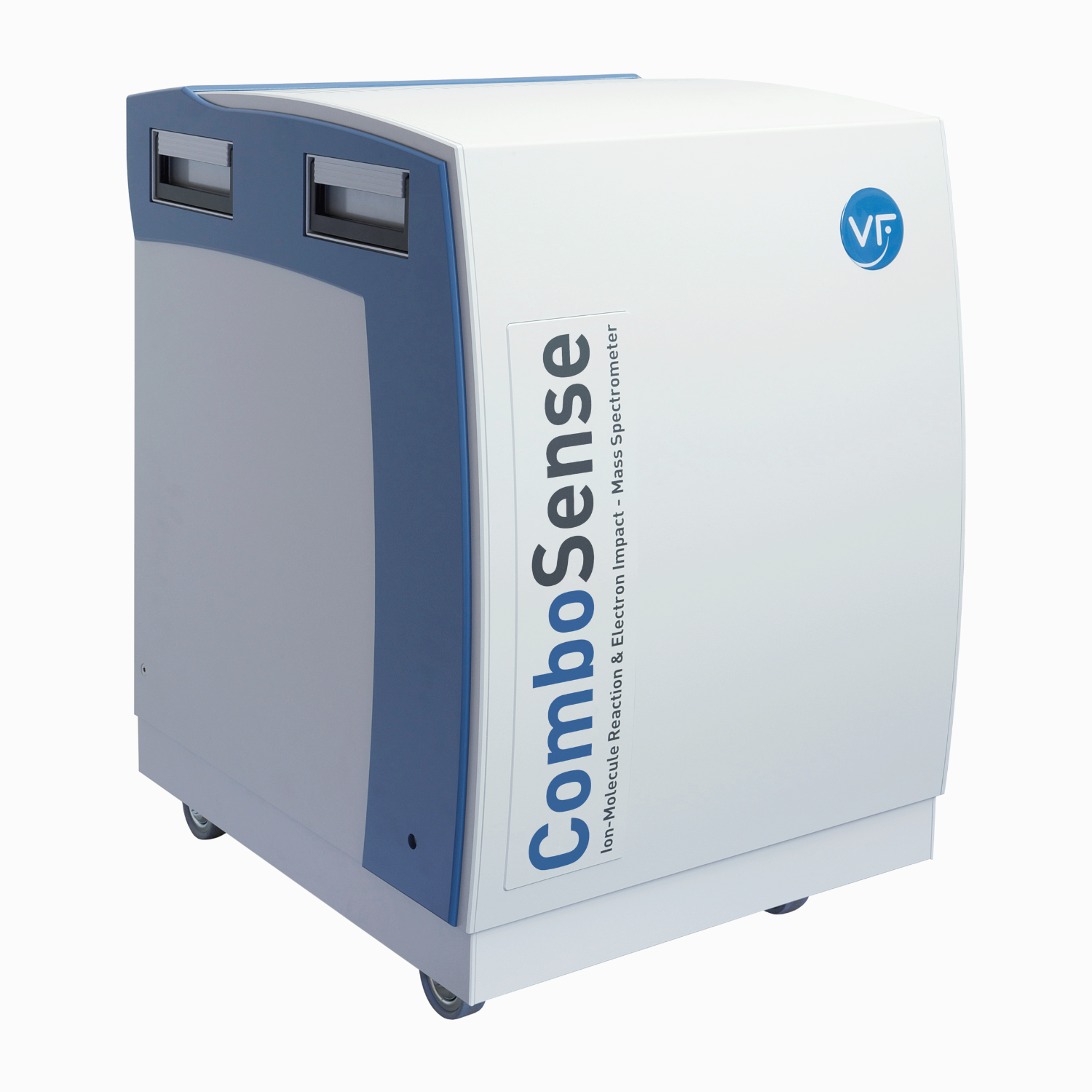The most important component in catalytic reduction reactions is Hydrogen formed either during the enriched operation in normally vented engines or during the post-injection phase in common rail engines. At sufficiently high cylinder temperatures, dissociation of fuel molecules into radicals triggers rapid reconnection of protons into H2. This process can yield between 0.6% and 2vol% H2. Catalytic NOx reduction in diesel engines is based on the reaction of hydrogen with NOx. Accurate and time-resolved measurements of hydrogen are needed to develop and improve these types of technologies.
Background
Solution
The V&FHSense can measure hydrogen in the exhaust gas of the combustion engine in real-time. At the core of this fast and reliable instrument is a magnetic sector field mass spectrometer that enables hydrogen measurements in concentrations ranging from less than 1ppm up to 100 vol%. A built-in gas cooler eliminates any cross interference that could be caused by H2O in the engine exhaust. Automatic pressure regulation from 0.5 to 3 bar, our user-friendly V&Fsoftware together with the robustness of the system as a whole make the V&FHSense an extremely valuable tool for automotive technicians. As with all other V&Finstruments, a wide range of interface options such as the AK protocol guarantees easy integration into a test bench environment.

Advantage
The V&FHSensemass spectrometer is currently the only instrument on the market that can measure hydrogen in the combustion engine from 0-100% in real time. Unlike other technologies based on the principles of electrochemical and thermal conductivity, the V&FHSense is free of cross-sensitivities from other components present in the engine exhaust. Installation and setup of the V&FHSense are completed within 60 minutes.




















